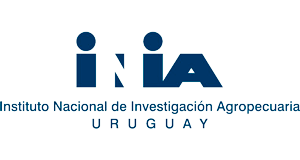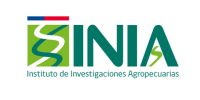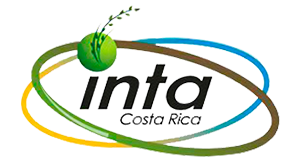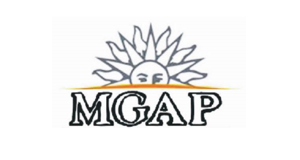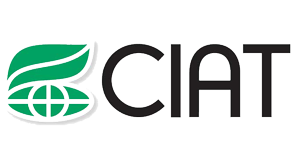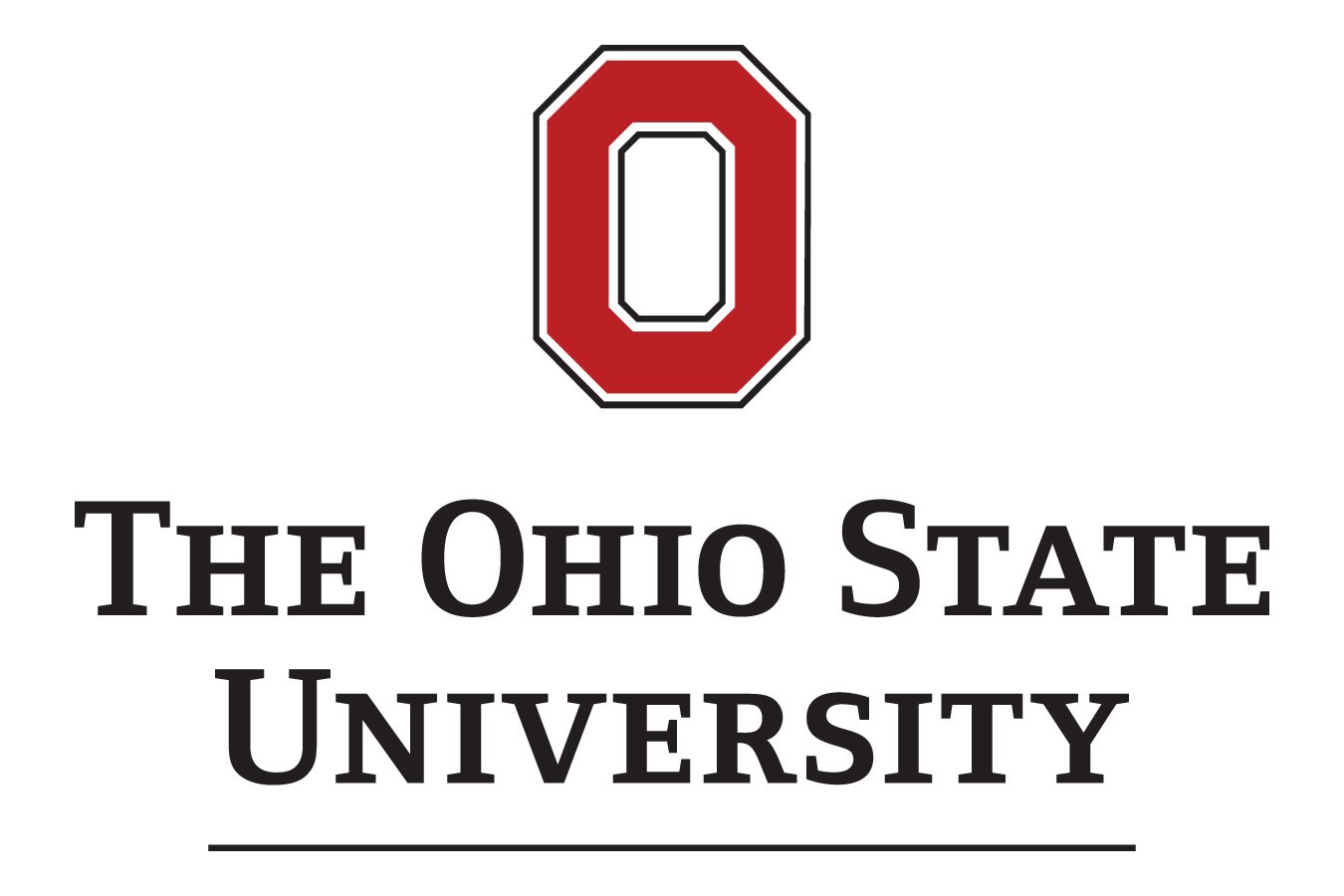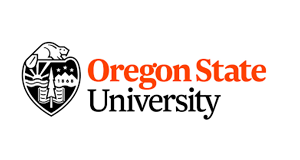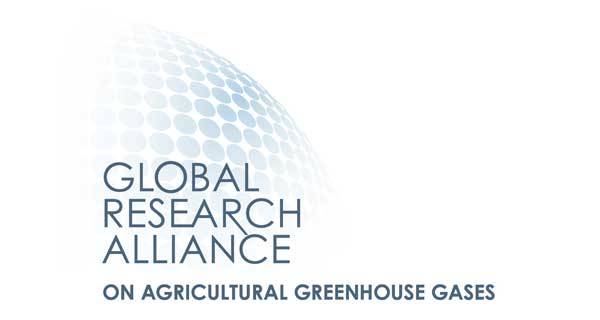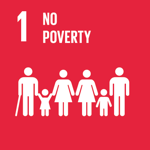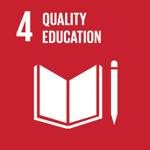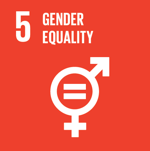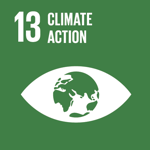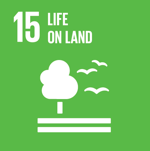Carbon sequestration opportunities in soils in Latin America and the Caribbean
The sequestration of organic carbon in soils (SOC) used in agriculture is a viable option for mitigating greenhouse gas (GHG) emissions and increasing the climate change resilience of these systems.
Context of the story
“Carbon sequestration" is defined as the removal of (CO2) from the atmosphere and its storage in ecological sinks, soil organic matter being the main reservoir of carbon in the biosphere. This carbon sequestration capacity is quantified as changes in soil organic carbon stock (COS) and can occur in response to both changes in land management, e.g. increased fertilizer use, and changes in land use.
LAC soils have a relevant role in carbon sequestration, but we are limited by the scarcity of local information on the response to these changes (e.g. fertilisation or irrigation, conversion of cropland to forest land).
Organic carbon is the principal indicator of the quality and productive potential of the soil and, at the same time, is the largest carbon pool in the biosphere.
The implemented initiative
The objective of this project is to contribute to the design of land use and management strategies with high potential for SOC sequestration in the agricultural production systems of LAC, and to generate capacities in LAC for the quantification and monitoring of the SOC stock.
- How can we increase SOC stocks? At what rate and for how long?
- Where should SOC storage be prioritized?
- How do we estimate potential carbon gains?
- What agricultural practices should we implement?
Identification, and evaluation of strategies to intensify agricultural production systems in LAC with the potential for mitigating and adapting to climate change.
The technological solution
Soil carbon stock change rate factors, developed from measured data, for relevant production strategies with climate change mitigation and adaptation potential for Argentina, Chile, Colombia, Costa Rica and Uruguay.
"Optimizing productivity, producing more with less, protecting soil, water and carbon sequestration capacity is the best option for balancing the need to expand agricultural production with environmental conservation."
Participating countries
Type of project
Results
1. Generated references for the agencies in charge of reporting the national GHG inventories in each country and for those agencies involved in the generation of NDCs and NAMAs.
2. An opportunity identified for the sequestration of COS will be obtained, with potential for implementation as a NAMA evaluated in its potential economic and environmental impact, for the five LAC countries participating in the project.
3. Staff will be trained to update their SOC stock reports and stock changes with the necessary quality in the time required according to international agreements in the five countries participating in this project and reference material will be developed as part of the published component for subsequent consultations.

 Back to the project
Back to the project Uruguay
Uruguay Argentina
Argentina Chile
Chile Colombia
Colombia Costa Rica
Costa Rica United States
United States
